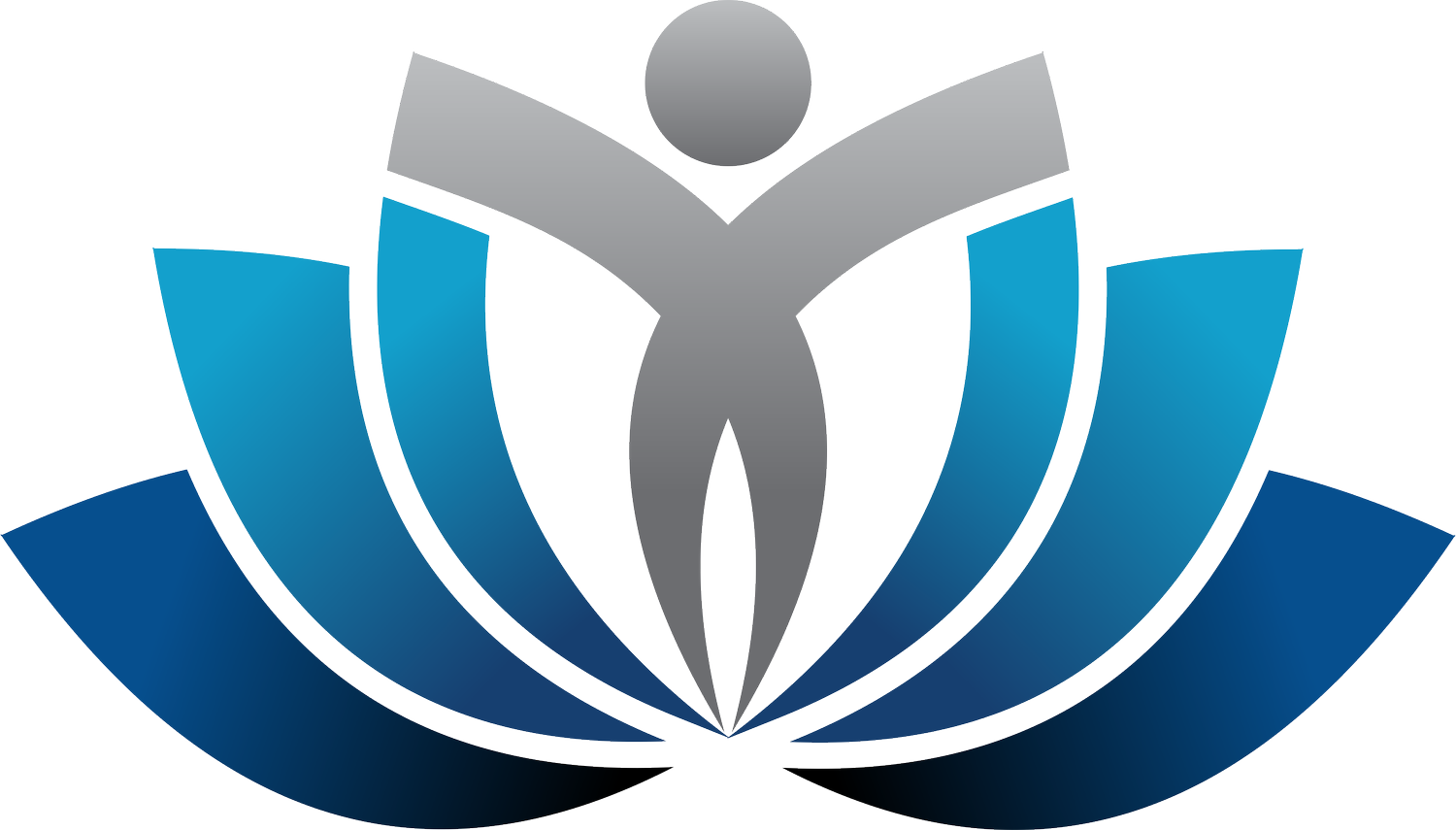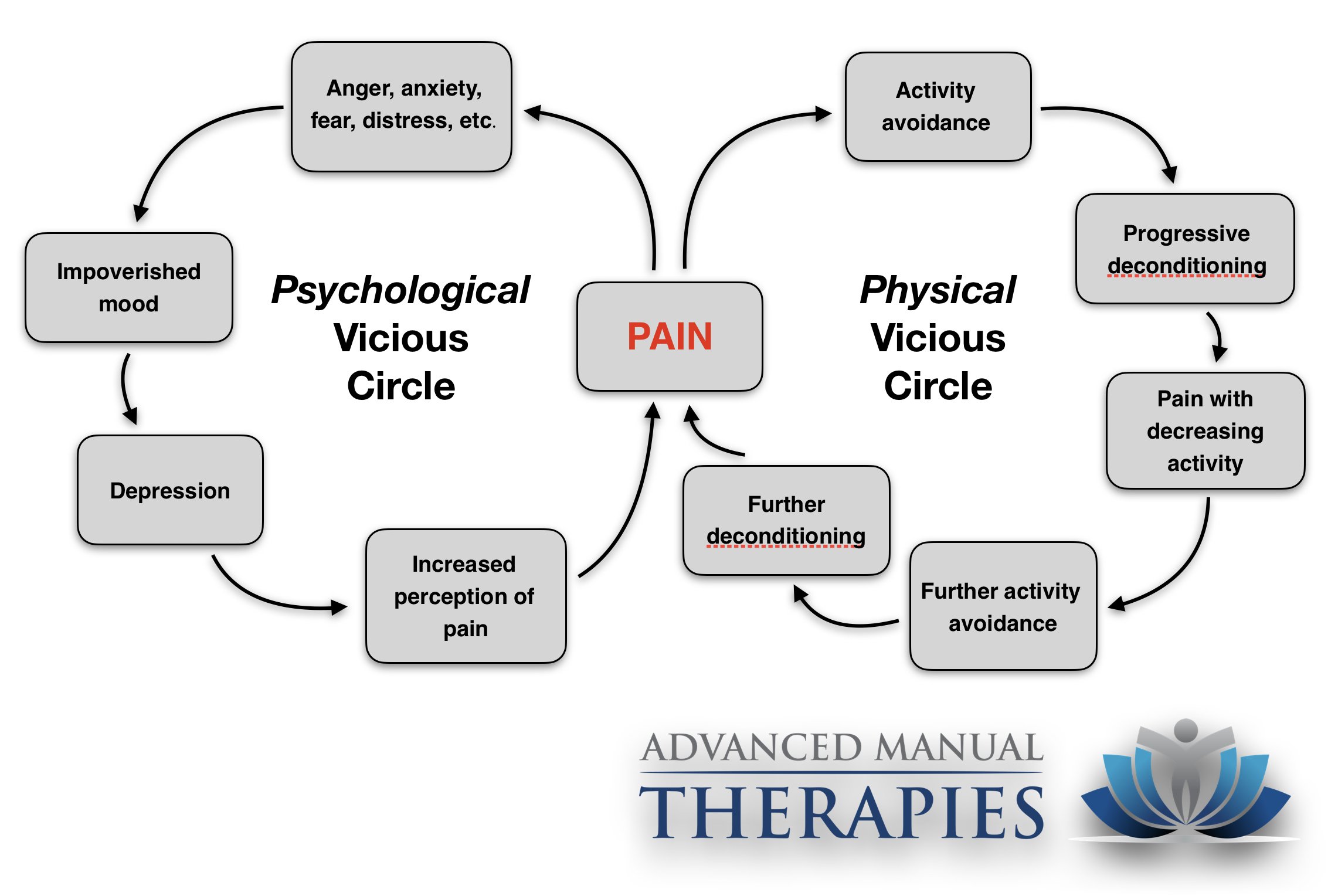Chronic Pain: How PNE can help
In this edition, we are going to discuss Pain Neuroscience Education, or PNE, for short. What is PNE? It references a method of treatment that involves the discussion and education of what pain is, why we have it, and why it can persist long after the onset of injury. This type of treatment is extremely important in those with chronic pain because it helps explain why they continue to suffer despite tests, imaging, physicians telling them there is no obvious answer as to what is wrong.
For this, I am going to use an example of a whiplash injury from a car accident.
When you experience a traumatic event or are exposed to a dangerous situation, such as a car accident, the body is very quick to jump into a ‘Fight or Flight’ response. This sympathetic response triggers the release of adrenaline, causes your muscles to spasm/guard against further injury, and dials up your nervous system. This process doesn’t happen immediately. In fact, it can take a few hours which is why many people do not feel pain until hours later, even not until the next morning. In some cases, pain hours later is the result of tissue damage and subsequent swelling and inflammation, but not always.
This initial bout of pain is normal and appropriate. However, as time goes on and injuries that may have occurred heal, pain can persist. Why is this? This is where PNE comes into play. In many cases, the nervous system has adapted unfavorably so that painless stimuli is perceived as being painful. This is due to the combination of muscle guarding/spasms and dialing up of the nervous system to detect injury.
Why does this occur? To help explain this part, I am going to use the analogy of an Amazon warehouse…
With heightened sensitivity from the nervous system in combination with muscle guarding and spasms, your body begins sending more information to the brain than before the accident. In our example, the Amazon warehouse starts to receive more orders than it can handle. What does it do? It hires more personnel and buys more delivery trucks. These acquisitions aid the warehouse in processing and delivering more orders. Your brain and spinal cord act in the same manner. The spinal cord recruits and creates more receptors so that more information can be received, processed, and sent along to the brain. One receptor that we know acts this way are NMDA receptors, which are responsible for receiving and processing pain.
At this point, it is much easier for the spinal cord to receive and process painful stimuli than before. Even painless stimulus, such as light touch, can sometimes trigger a painful response due to this heightened ability to process painful stimuli.
The brain also undergoes unfavorable adaptations by recruiting neurons responsible for receiving pain and other information from other areas of the body. The brain ‘hacks’ these neurons and converts them to assist in receiving the incoming pain stimuli.
While the body believes it is acting in your best interest by adding these new receptors to handle more incoming signals, this is more harmful than beneficial. This adaptation makes it easier to feel pain, and makes that pain more intense, despite no obvious tissue damage or injury.
Not only does this adaption in the nervous system make it more difficult to recover, the stress and anxiety that follows makes the muscle guarding and spasms worse. I will be covering this topic in another post later on, but I wanted to mention it here to paint a full picture.
In addition to chemical and cellular changes from chronic pain, we see behavioral as well. Activities that once were considered pain-free and safe to perform, begin triggering pain, such as taking out the trash, stairs, or driving. Subconsisously, we then begin to associate these activities with pain. This association not only deters you from these activities, it can also trigger pain before the signal reaches the brain. Have you ever heard of Pavlov’s theory of Classic Conditioning? The dogs began to salivate with the ringing of the metronome, despite the lack of food present because they had begun to associate the bell with food.
How does this help us in treatment? Studies show that by simply having this educational conversation, the healing process has already begun. By reinforcing that there is no obvious tissue damage, injury, or apparent reason for feeling chronic pain and explaining how this process occurs, we have begun reversing these unfavorable adaptions. This is the premise of PNE.
This diagram below can help explain how these adaptations effect you and how they interact with one another, exacerbating the effects of each and create a vicious cycle of pain.

